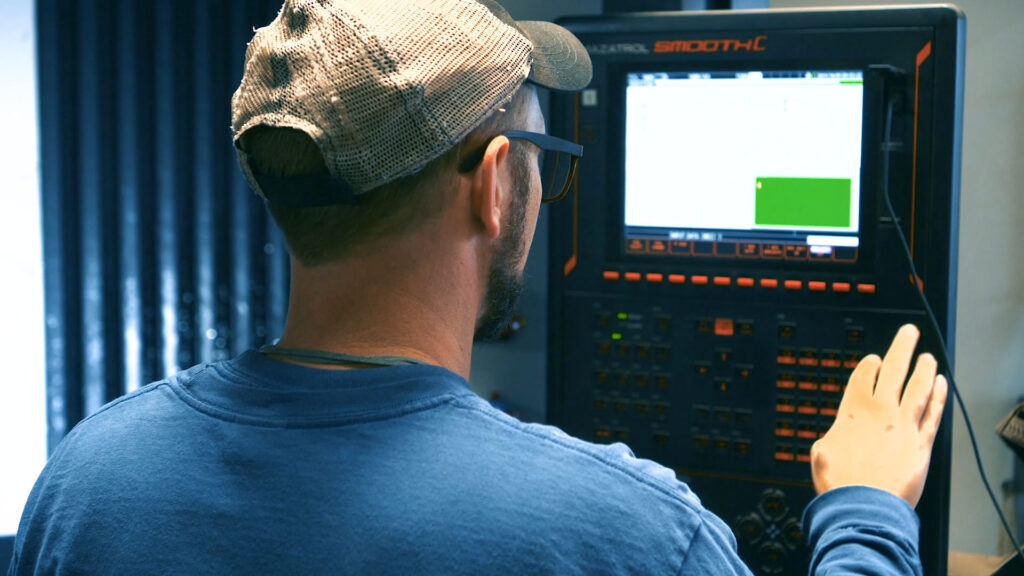Industrial plant retrofitting is the process of updating and modifying existing plants to improve efficiency, safety, and overall performance. This involves integrating modern technologies and making essential upgrades to systems that may be outdated or inefficient. For businesses looking to stay competitive in today’s fast-paced industrial landscape, a retrofit plant is often a necessary investment that can yield significant benefits over time.
Retrofitting is an essential consideration for any facility aiming to improve its operations while extending the life cycle of its existing systems. By focusing on industrial plant retrofitting, companies can avoid the high costs associated with building new facilities and instead optimize what they already have.
One of the primary benefits of retrofitting is the ability to significantly enhance energy efficiency. By upgrading existing systems with state-of-the-art technology, businesses can reduce their energy consumption, leading to long-term cost savings and a reduced environmental footprint. Facility upgrades that focus on energy efficiency not only help in lowering operational costs but also support clean energy initiatives that are increasingly important in today’s world.
Retrofitting your plant to improve energy efficiency can lead to considerable savings over the life cycle of the equipment. These savings come from reduced energy consumption, lower maintenance costs, and the ability to meet or exceed current environmental standards.
A well-executed retrofitting project can lead to substantial reductions in operating costs. By optimizing processes and integrating modern technologies, companies can streamline operations and reduce the frequency and cost of maintenance. This approach not only saves money in the short term but also contributes to significant cost savings over the long term.
Reducing operating costs is a key driver for many businesses considering retrofitting. By focusing on efficiency and maintenance costs, companies can ensure that their operations are more sustainable and cost-effective, helping to secure a competitive edge in the market.

Retrofitting is also a critical opportunity to improve safety standards within your existing plant. Upgrading outdated systems and machinery to meet current safety regulations ensures a safer working environment for employees and reduces the risk of accidents. By focusing on safety during a retrofitting project, businesses can enhance compliance and protect their workforce.
Improving safety is not just about meeting regulatory requirements; it’s about creating a culture of safety that permeates every aspect of the operation. This commitment to safety can lead to better employee morale, reduced liability, and a stronger reputation in the industry.
Extending the life cycle of your existing plant is one of the most significant benefits of retrofitting. By integrating state-of-the-art technology and updating critical systems, businesses can ensure that their facilities remain viable and productive for many years to come. This approach allows companies to maximize their investment in their existing plant without the need for costly new construction.
A retrofit plant that incorporates modern technology is better equipped to handle future demands, ensuring that the facility remains competitive and efficient in the long term. This extended life cycle also means that companies can defer the significant capital expenses associated with building new facilities.
Operational efficiency is critical in today’s competitive industrial environment, and retrofitting can play a key role in achieving it. By incorporating real-time monitoring and control systems, companies can optimize their production process, reduce downtime, and ensure that all systems are functioning at peak performance.
Real-time monitoring allows for proactive maintenance and quick response to any issues that may arise, further reducing operating costs and improving overall efficiency. This approach ensures that the production process is streamlined and that the facility operates with maximum efficiency.

As part of a retrofitting project, adjusting clearance height can be an effective way to maximize the available space within your facility. By reconfiguring existing structures, businesses can improve workflow, increase storage capacity, and enhance operational efficiency without the need for additional construction.
Maximizing space is a critical consideration for any retrofitting project, as it allows businesses to make the most of their existing plant layout. This focus on optimizing space can lead to improved productivity and a more organized working environment.
Ready to see the benefits of industrial plant retrofitting for your facility? Contact us today to discuss your retrofitting project and learn how PEC can help you improve your operations. Our team of experts is ready to provide the guidance and support you need to make your retrofitting project a success.
Whether you’re looking to enhance energy efficiency, improve safety standards, or reduce operating costs, PEC has the experience and expertise to deliver results. Don’t wait—get in touch with us today to start planning your retrofit plant and take the first step toward a more efficient and cost-effective future.